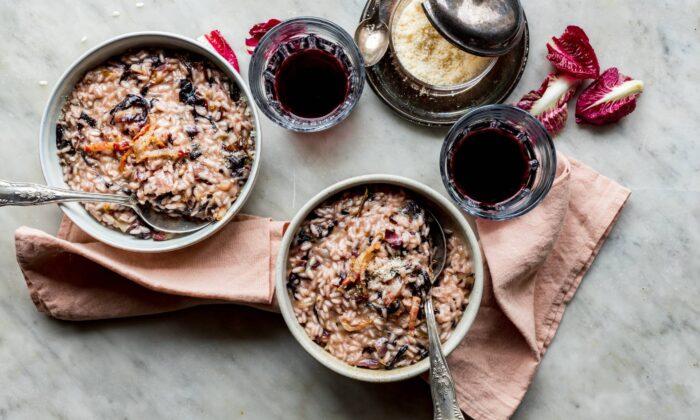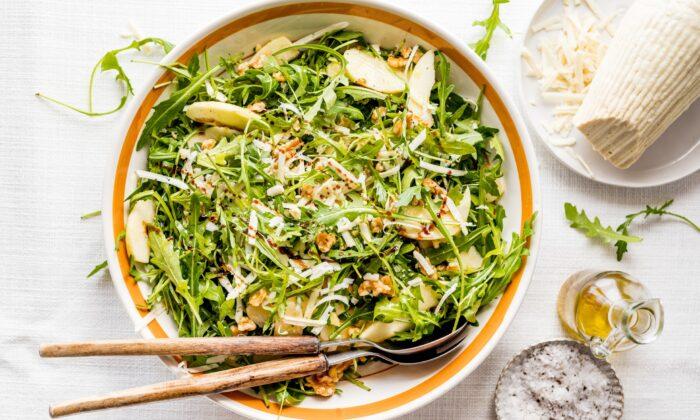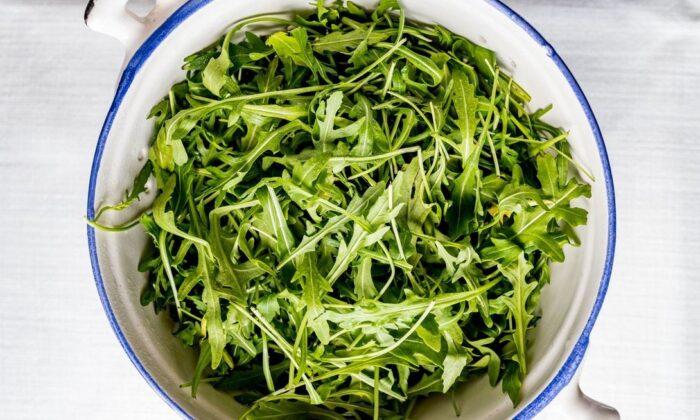Use this recipe as a blueprint for any vegetable-based risotto. The best way to preserve the freshness of the vegetables is to cook them separately and add them halfway through the cooking of the risotto.
For hardier vegetables such as radicchio, mushrooms, artichokes, or asparagus, briefly sauté them, just enough to wilt or soften them, and then add them to the risotto.
For something like butternut squash, you can either cube the squash and sauté it, or bake the halved squash and scoop the roasted pulp directly into the risotto, for a creamy and comforting result. The same can be done with tomatoes: Roast them, blend them into a creamy sauce, and stir it into the risotto.
Tender vegetables, such as zucchini, zucchini blossoms, or even fresh fava beans and peas, can be added raw into the risotto in the last 10 minutes of cooking.
Add fresh herbs for freshness (pair mint with zucchini or asparagus, thyme with mushrooms); nuts and seeds for crunch (toasted hazelnuts or pumpkin seeds are perfect with squash); or charcuterie for richness (try thin strips of golden brown pancetta, or bits of crumbled sausage).
Do not overdo it, though: Choose just one vegetable, and finish the risotto with butter and some cheese that complements the vegetable of your choice.
Serves 4
- 1 large head radicchio (about 10 ounces)
- 1 shallot, thinly sliced
- 2 tablespoons extra-virgin olive oil
- 1/3 cup butter, divided
- 1 small onion, finely chopped
- 1 1/2 cup (10 1/2 ounces) arborio or carnaroli rice
- 1/2 cup dry white wine
- 3 cups hot meat or vegetable stock
- 2/3 cup grated Parmigiano Reggiano
- 1 1/2 ounces pancetta, cut into thin strips
- Fine sea salt
Now prepare the risotto: Add half of the butter into a pan, followed by the minced onion and 1/2 teaspoon salt (the salt will help you cook down the onion without burning it). Sauté the onion in the butter over low heat until it becomes translucent and soft; just a few minutes will be enough.
Add the rice and use a wooden spoon to stir it into the sautéed onion. Turn the heat to medium-low and let the rice toast, constantly stirring, until it is translucent, almost pearly. Again, a few minutes will be enough.
Pour the white wine over the rice and cook, stirring with the wooden spoon, until all of it has cooked off or been absorbed by the rice.
Now, pour in the hot stock in four separate additions, stirring very often and waiting for each addition to be completely absorbed or evaporated before adding the next. Doing this, the risotto will become creamier thanks to the starch released by the rice as it is cooked in the stock. Halfway through the cooking, when you have used about half of the stock, add the sautéed radicchio, and stir thoroughly to incorporate it. This whole process will take about 15 minutes. Remember to taste the risotto every now and then, as you might not need all of the stock. The rice is ready when it feels soft, but still with a hard soul inside, slightly al dente.
While the rice is cooking, quickly sautée the pancetta strips in a hot pan for a few minutes, until nicely browned. Set aside.
When you have finished pouring in the stock—or maybe you’ll have just a tiny bit left—and the rice is cooked but still al dente, remove the risotto from the heat. Add the remaining butter and the grated Parmigiano Reggiano, and stir well. Taste it one last time to see if it still needs a little salt.
Top the risotto with the pancetta and serve immediately.






Friends Read Free